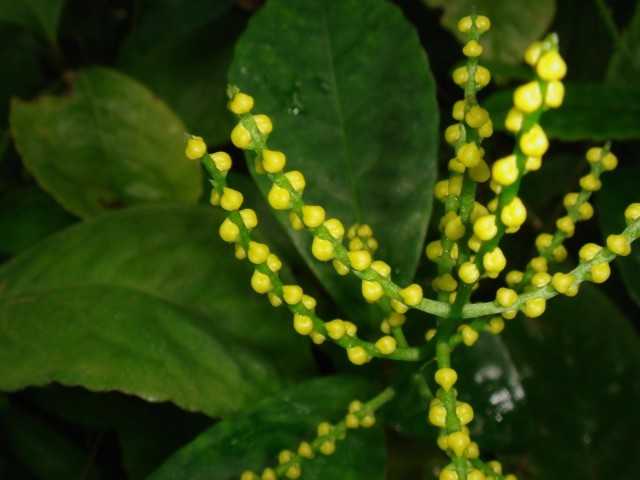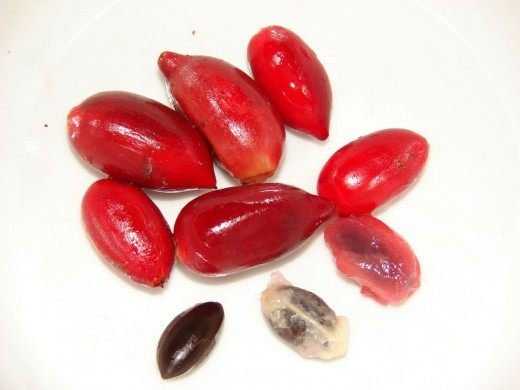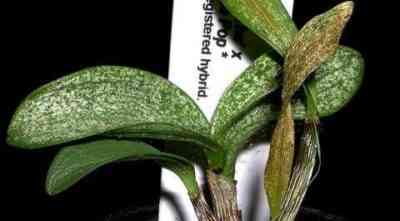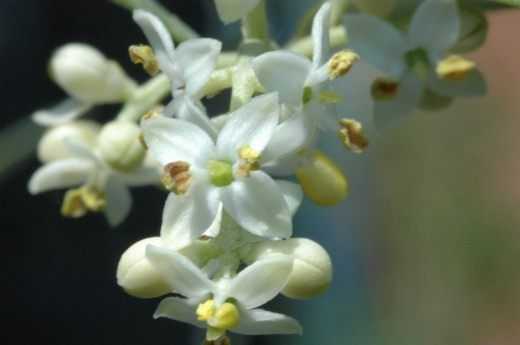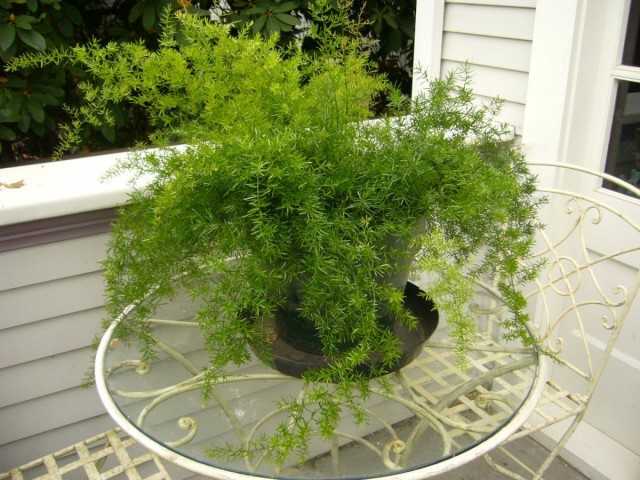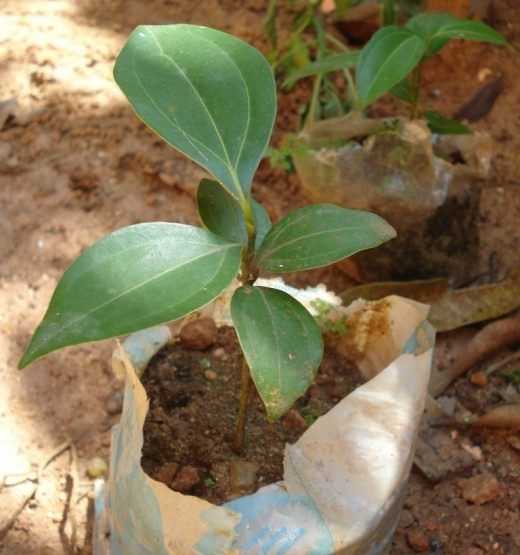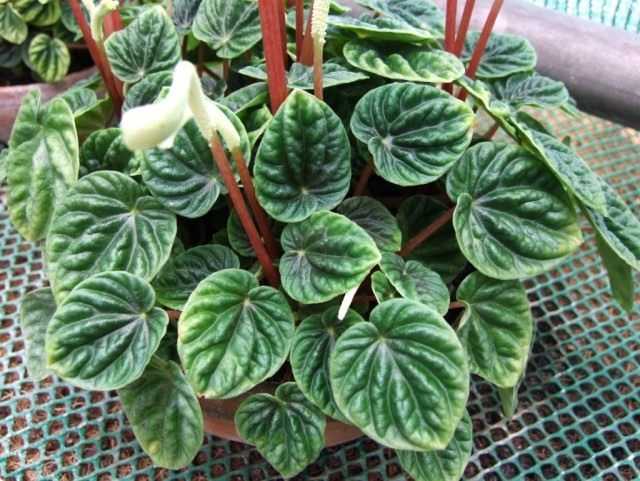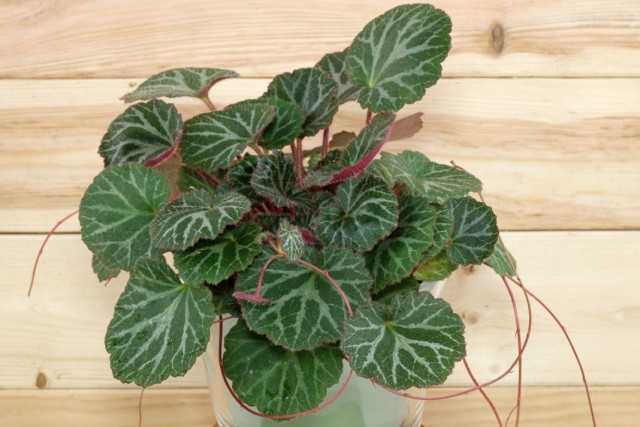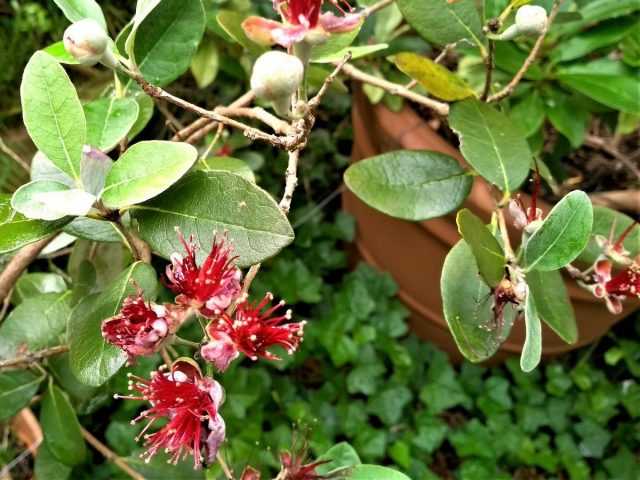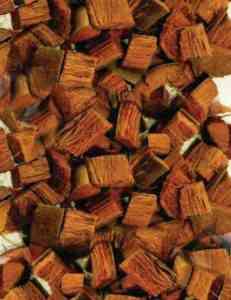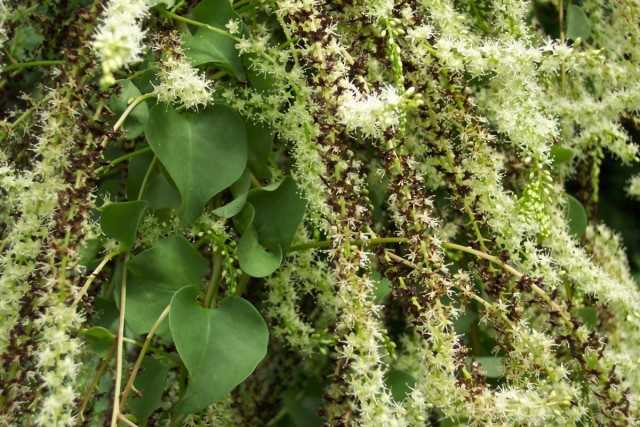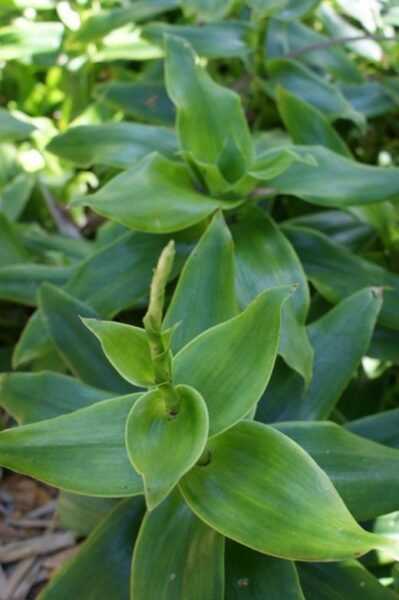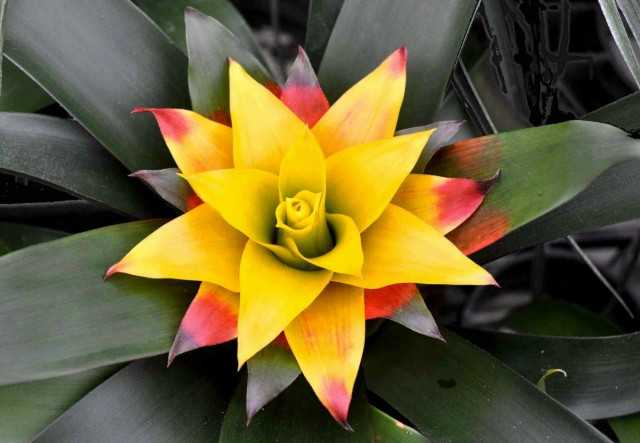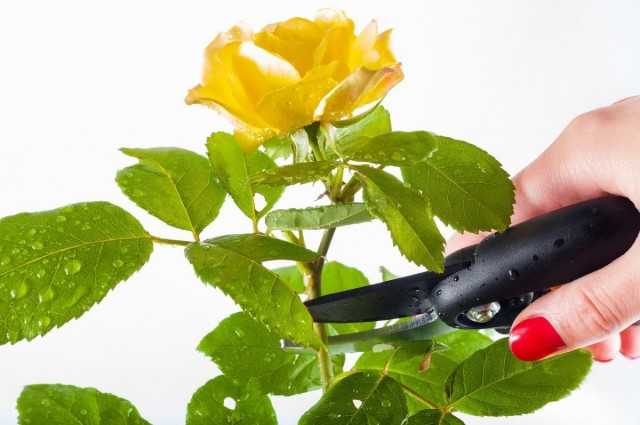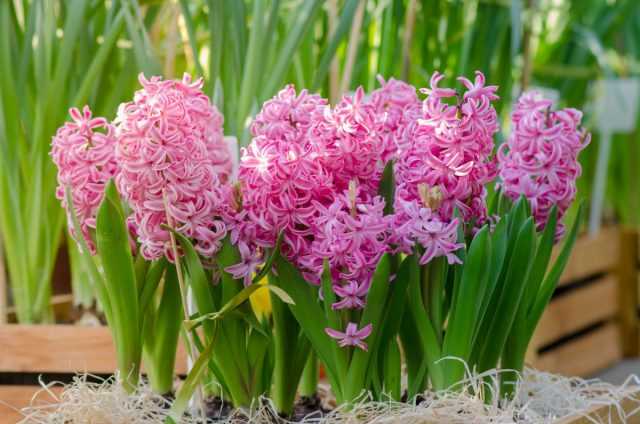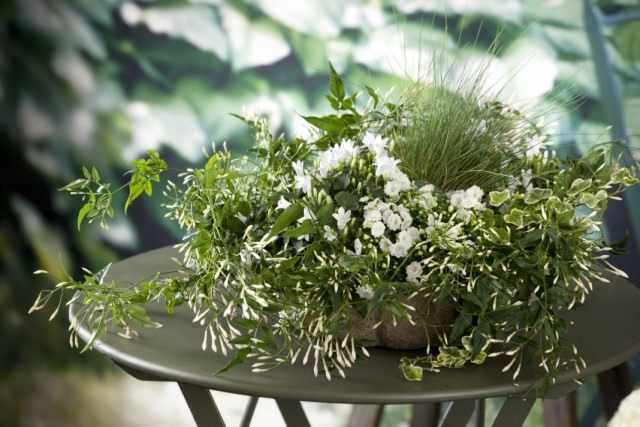At the mention of soil pests, most flower growers immediately think of nematodes. But the number of insects living in the soil that are dangerous to plant health is not limited only to them. One of the most difficult to identify and control pests is the root mite. It does not annoy all plants. But for bulbous indoor stars and orchids, it most often becomes the cause of death.
Root mites and bulb mites are pests that are considered a specific problem only for bulbous plants. Indeed, these harmful insects are dangerous for favorite indoor bulbous – hyacinths, hippeastrum, amaryllis, tulips, crocuses and their large and small relatives. But they are also dangerous for one more plants that form pseudobulbs and rhizomes – orchids. They are easily adaptable and reproduce surprisingly fast, are difficult to detect and require drastic measures to combat them.
Bulbous root mite (Rhizoglyphus echinopus)
Contents:
Features of the vital activity of root mites
Root mites include two types of insect pests that literally gnaw through plants (and not always only roots and bulbs):
- The real root mite is Rhizoglyphus echinopus, it is able to gnaw the entire bulb from the inside, leaving one shell. This is a medium-sized insect, but perfectly visible even with the naked eye, with four pairs of legs and a light yellow body up to 1 cm long, tapering towards the end and broadly oval in the “abdomen”.
- Bulb mite – Steneotarsonemus – a larger insect with an oval white or yellowish body and only two pairs of legs.
Root mites literally gnaw through bulbs, pseudo-bulbs and root tubers, making their way further and leaving behind well-visible destruction – decay products like brown dust. They leave noticeable “passages” in the roots of orchids.
But it is very difficult to notice the lesions: most often root mites settle in the bottom of the bulbs and they can only be detected during transplantation or, when, due to the increasing damage to the bulbs, flowering stops, the leaves and peduncles begin to dry out and you have to resort to an emergency examination of the bulb. But the insects themselves are quite clearly visible, as are their larvae and eggs.
Root mites reproduce actively at any temperature above 10 degrees (and the hotter, the faster they spread). But the most dangerous feature of these pests – unlike most terrestrial insects well known to any owner of a collection of indoor plants – root mites are like nematodes: they adore high humidity and reproduce more actively in a humid environment.
The complexity of the fight against root mites is largely due to the fact that they survive even in the most unfavorable conditions: females fall into diapause (a state with inhibited vital activity), burrowing into the soil or hiding in hard-to-reach places of the plant until the atmosphere changes and favorable conditions for them will not arise. It is very difficult to detect ticks “in hibernation”.
Prevention of root mites
The best way to prevent root mites is to keep the topsoil clean and an optimal plant environment. You should not leave withered flowers on the peduncles, and even more so – let fallen leaves lie, allow debris to accumulate at the top of the substrate (the contaminated top layer can be removed more often, and not only during transplantation or in spring).
Air humidity must be kept within optimal limits. And wiping the leaves or showering for those plants that allow it should not be accompanied by soaking and soil contamination. You should always try to maintain the required moisture content of the substrate. Waterlogging, dampness, stagnation of water in pallets are extremely dangerous for all bulbous.
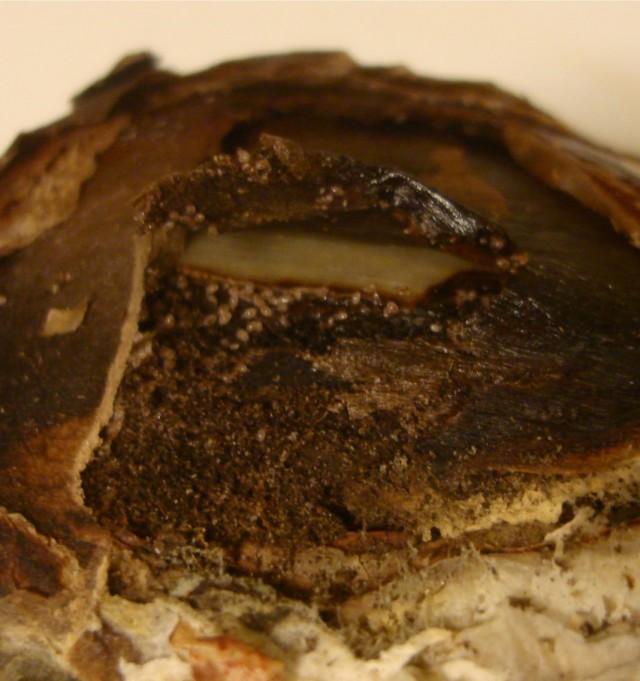
Equally important is the correct storage of the bulbs in the dormant stage. A cool, dry room with a moisture content of no more than 40% is the main guarantee that the bulbs, both outside the soil and in pots, which are in the resting phase, will not be affected by these pests.
If you are just purchasing bulbs for planting, then it is better to leave them for several days in a cool dry place and inspect them with great care. But no one is safe from buying infected blooming beauties. Therefore, the quarantine period is very important, it should be observed with the utmost rigor.
How to deal with root mites?
Fighting root mites is much more difficult. The sooner signs of root mite infestation are detected, the better. Indeed, in this case, it will be possible to limit ourselves to the minimum measures for processing the bulb and the higher the chance to save the plant. But in any case, we are talking about emergency transplants and procedures that injure the plant.
It is simply impossible to cope with root mites without processing the bulbs themselves. And although there are several more gentle methods of treating pests, most often only sufficiently aggressive chemicals and treatments can help completely get rid of root mites.
Plants suspected of spreading root mites should be isolated from all other crops in the collection as soon as possible and an emergency transplant should be initiated immediately. In this case, the bulb and roots will have to be completely removed from the soil in any case. The process of peeling a bulb for inspection includes the following steps:
- Manual removal of all loose soil.
- Final removal of the substrate by gentle rinsing.
- Inspect the bulb for the presence and severity of damage.
“Clean” bulbs and roots are treated with preparations to combat root mites. Here the approach can be very different, but, as a rule, it is better not to play, but to choose the means more seriously right away. The fight against root mites includes several “steps” of treatment – organic or natural remedies and insecticides of various types.
Organic control methods:
- Wipe with soapy water or soak in soapy water. If the lesion was noticed at the initial stage or if you want to prevent the infection of neighboring plants, then this method can be considered an initial prevention. The bulbs are wiped with a strong soapy solution or soaked in a strong solution for 1 hour, after which they are washed under running water. This is an ineffective method that will help only at the very initial stage of root mite infestation.
- Soaking in a solution of potassium permanganate (similar to processing with soapy water).
- Alcohol treatment. Alcohol is considered the most effective root mite control. But in order to destroy the mites in this way, you will have to treat the bulbs with strong enough alcohol, which in itself can cause burns. Before processing the plants, the reaction of the tissues of the bulb or roots is checked (burns appear only after 2-3 days, so this treatment is only suitable for bulbs in the dormant stage, which can be stored outside the soil). Alcohol with a strength of 40 to 70% is used by wiping the bulbs with a generously moistened swab or by lightly spraying. In addition to treating plants, alcohol can be used to disinfect containers, pallets and windowsills, especially in hard-to-reach places.
- Another gentle method of treatment for an initial lesion is herbal infusions and decoctions. With a minor lesion, soaking or washing will help to cope with ticks:
- infusion of 3 crushed cloves of garlic in 1 liter of water (the drug is ready in 3 hours and is effective within a day);
- decoction of cyclamen tubers (1 tablespoon for 1 glass of water);
- decoction of nettle leaves (150-200 g per 1 liter of boiling water).
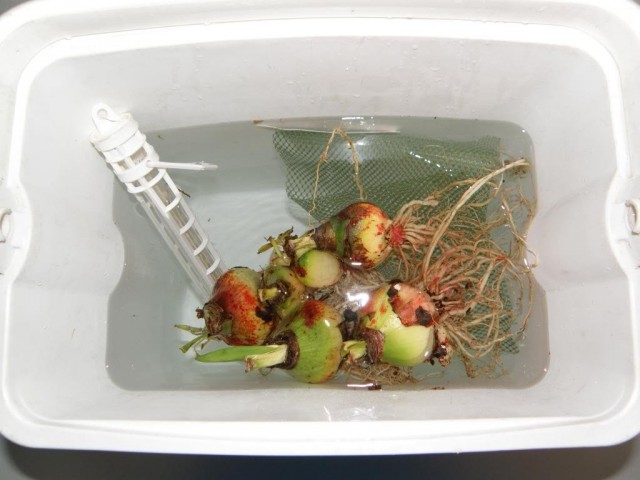
As an alternative to treatment with herbal preparations, treatment of bulbs with ultraviolet lamps can also be considered (procedures for 2 minutes once a week).
All types of natural control methods can be used for bulbs without digging out – watering the soil with solutions and infusions and spraying the plants. But such treatment is relevant only if there is a suspicion of the presence of root mites and at the earliest stage of plant damage.
Insecticides and acaricides for pest control
But if you do not want to risk, the defeat is serious enough, then only two options will be effective:
- Biological products for insect pests. Many modern preparations based on essential oils and extracts from plants, vermicompost, etc. have a systemic insecticidal effect. And they can be successfully used to combat root mites.
- Insecticidal drugs are an effective, but not the most effective way to fight. Instead of systemic insecticides, it is better to use more “highly specialized” drugs – acaricides, designed to fight against ticks.
Treatment with both biological and chemical insecticidal agents is carried out in the same way: the bulbs are soaked in a solution, precisely following the manufacturer’s instructions on its concentration and duration of treatment. After disinfection, the bulbs are thoroughly dried, and only then they start planting.
Any container (even a new one) into which a bulb that has been treated against root mites will be planted will have to be disinfected. For cleaning, use either alcohol, or boiling and scalding, or a solution of insecticides.
The soil for planting is used only fresh, preferably from the number of ready-made purchased substrates with a guarantee of treatment from soil pests.
Whichever method of struggle you choose, in the process of fighting root and bulb mites, you must remember about the basic principles of processing:
- processing only the affected parts or areas is ineffective: soaking or wiping must be applied to all the roots and the entire surface of the bulb, and not just the bottom;
- these pests adapt very quickly, and in order to cope with severe lesions, especially if the infection occurs repeatedly, you need to alternate and constantly change the drugs;
- a solution of any drug, even a biological or herbal infusion, is prepared and used within 1 day;
- before treatment with insecticides and acaricides, the bulbs must be thoroughly cleaned and washed;
- the window and sill on which the infected plant has stood and will stand should be washed daily;
- you should never forget about personal protective equipment, if necessary, wearing not only gloves, but also a full set of protective clothing with goggles and a respirator, always treating your hands and face with soap after contact with any drugs to combat root mites.
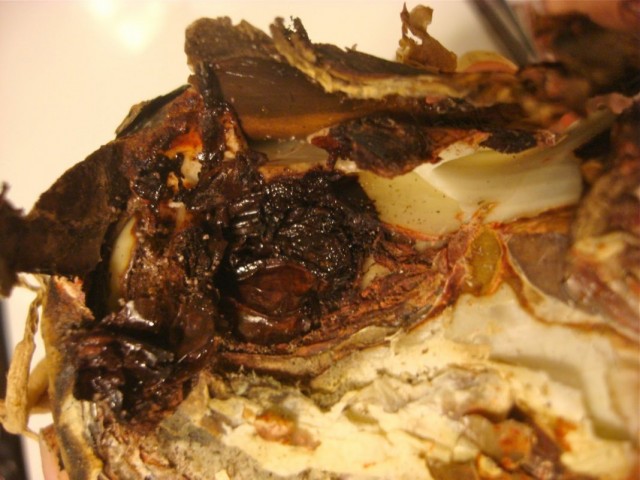
Bulbous plants that “survived” the treatment from root mites need not only high-quality, but more careful care. They need to be watered very carefully. The air temperature and lighting must meet the requirements of the plants. Such bulbous plants will not be able to recover completely as quickly as after a conventional transplant, so it is better not to rush to feed and stimulate flowering.


